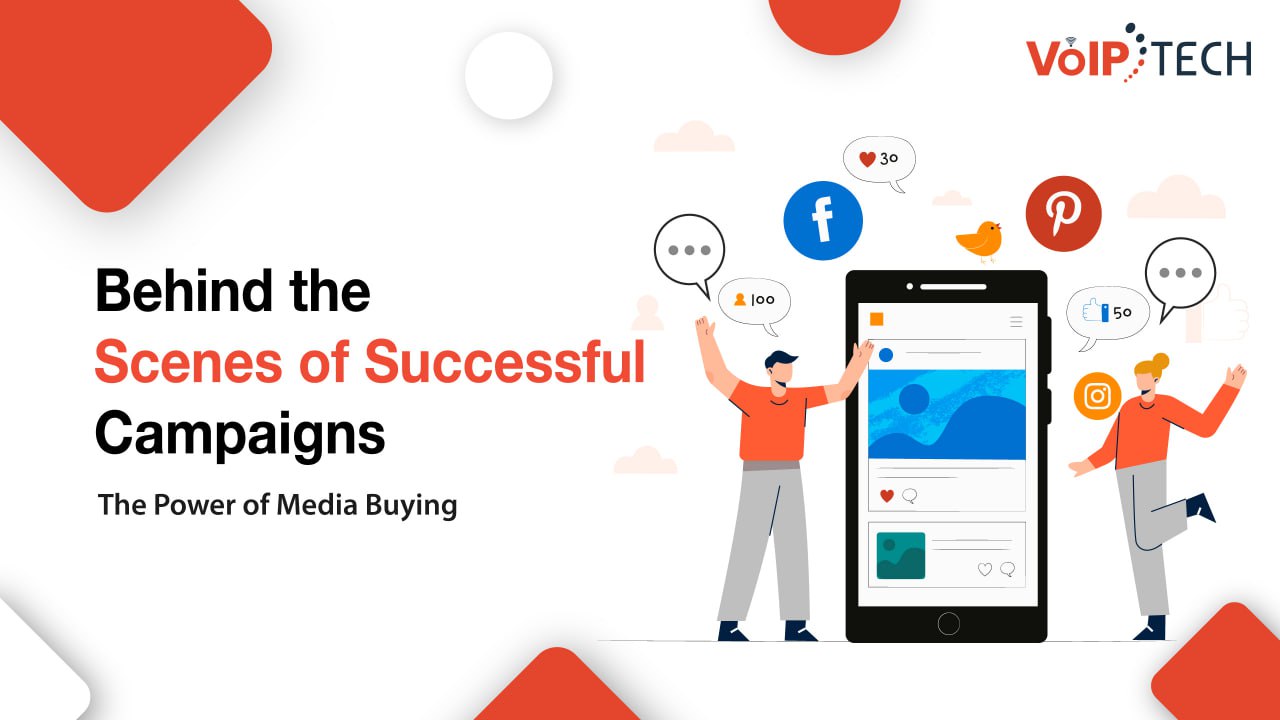In the dynamic world of advertising, the success of campaigns often hinges on strategic media buying. While consumers see polished advertisements on various platforms, what goes on behind the scenes is a meticulous process of planning, negotiating, and optimizing to ensure that the right message reaches the right audience at the right time. Let’s dive into the intricacies of media buying and uncover the powerful impact it has on the success of marketing campaigns.
Understanding Media Buying:
Media buying is the process of acquiring advertising space or time to showcase promotional messages. This can range from traditional outlets such as television, radio, and print to digital platforms like social media, websites, and search engines. The goal is to maximize the reach and effectiveness of a campaign while optimizing the budget allocated for advertising.
Strategic Planning:
Behind every successful campaign lies a well-thought-out media buying strategy. This involves understanding the target audience, selecting the most relevant channels, and determining the optimal timing for ad placements. Effective media buying starts with market research to identify where the target audience is most active and receptive to advertising messages.
Negotiation and Buying:
Once the strategy is in place, media buyers enter into negotiations with various media outlets. Negotiations involve determining the cost of ad space or time, securing favorable terms, and often leveraging relationships to gain additional value. Skilled negotiators can secure prime placements at competitive rates, maximizing the impact of the advertising budget.
Optimization for Success:
The role of media buying extends beyond securing placements; it involves continuous optimization. Monitoring the performance of ads in real-time allows media buyers to adjust strategies based on data-driven insights. This might involve shifting budget allocations to high-performing channels, adjusting ad creatives, or refining targeting parameters to enhance engagement and conversions.
Digital Transformation:
In the digital age, the landscape of media buying has evolved significantly. Programmatic advertising, for instance, utilizes algorithms and artificial intelligence to automate the buying process in real-time. This not only enhances efficiency but also enables advertisers to target audiences with unprecedented precision.
Measuring ROI:
The success of media buying efforts is ultimately measured by return on investment (ROI). Media buyers analyze key performance indicators (KPIs) such as click-through rates, conversion rates, and overall engagement to determine the effectiveness of campaigns. This data-driven approach allows for continuous improvement and refinement of strategies for future campaigns.
Conclusion
In conclusion, the power of media buying lies in its ability to shape the success of advertising campaigns. Behind every captivating ad is a team of media buyers working strategically to ensure that the brand’s message resonates with the target audience. From meticulous planning and negotiation to real-time optimization and digital innovation, media buying is a dynamic force that drives the impact and effectiveness of modern marketing campaigns.


